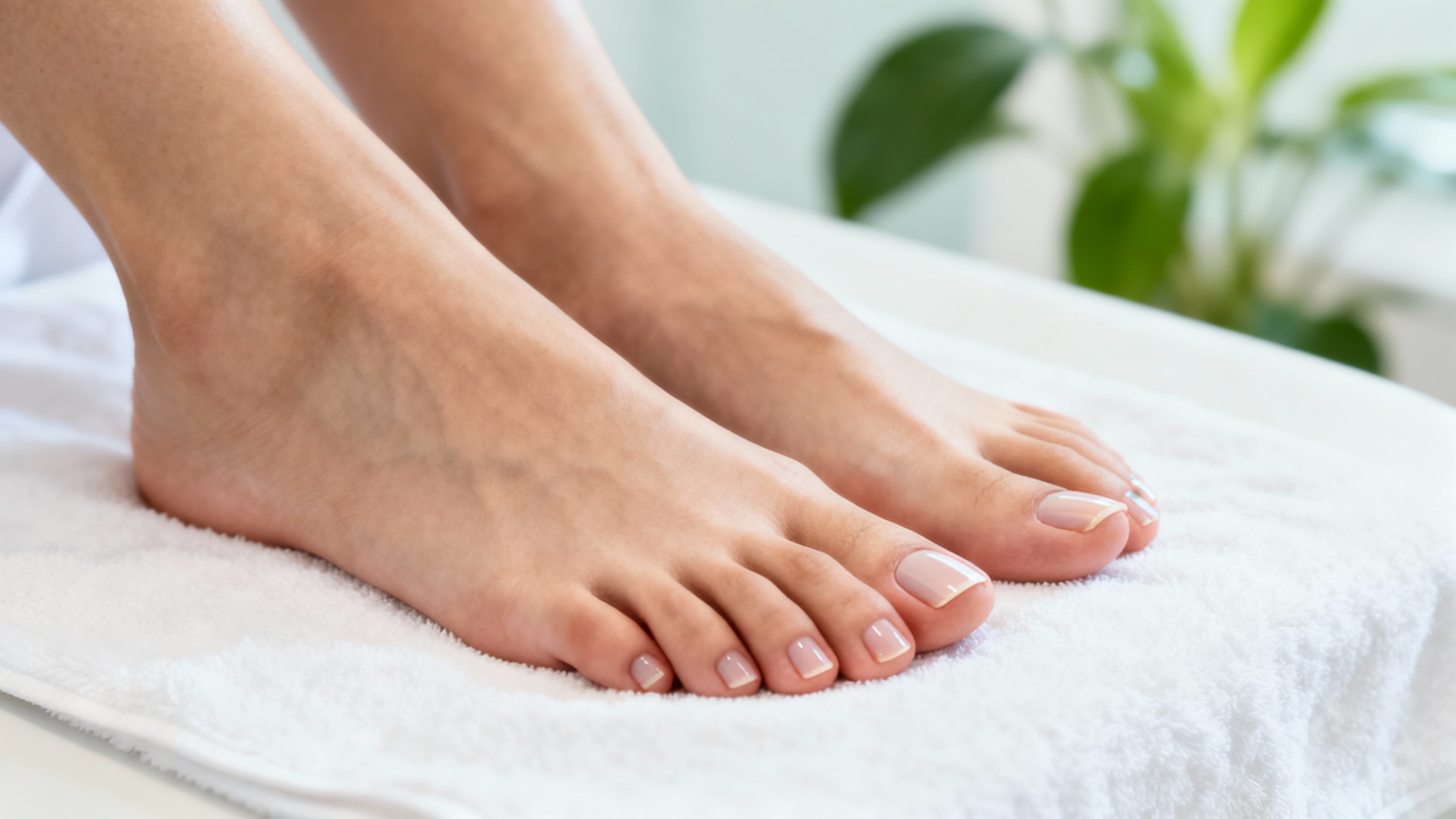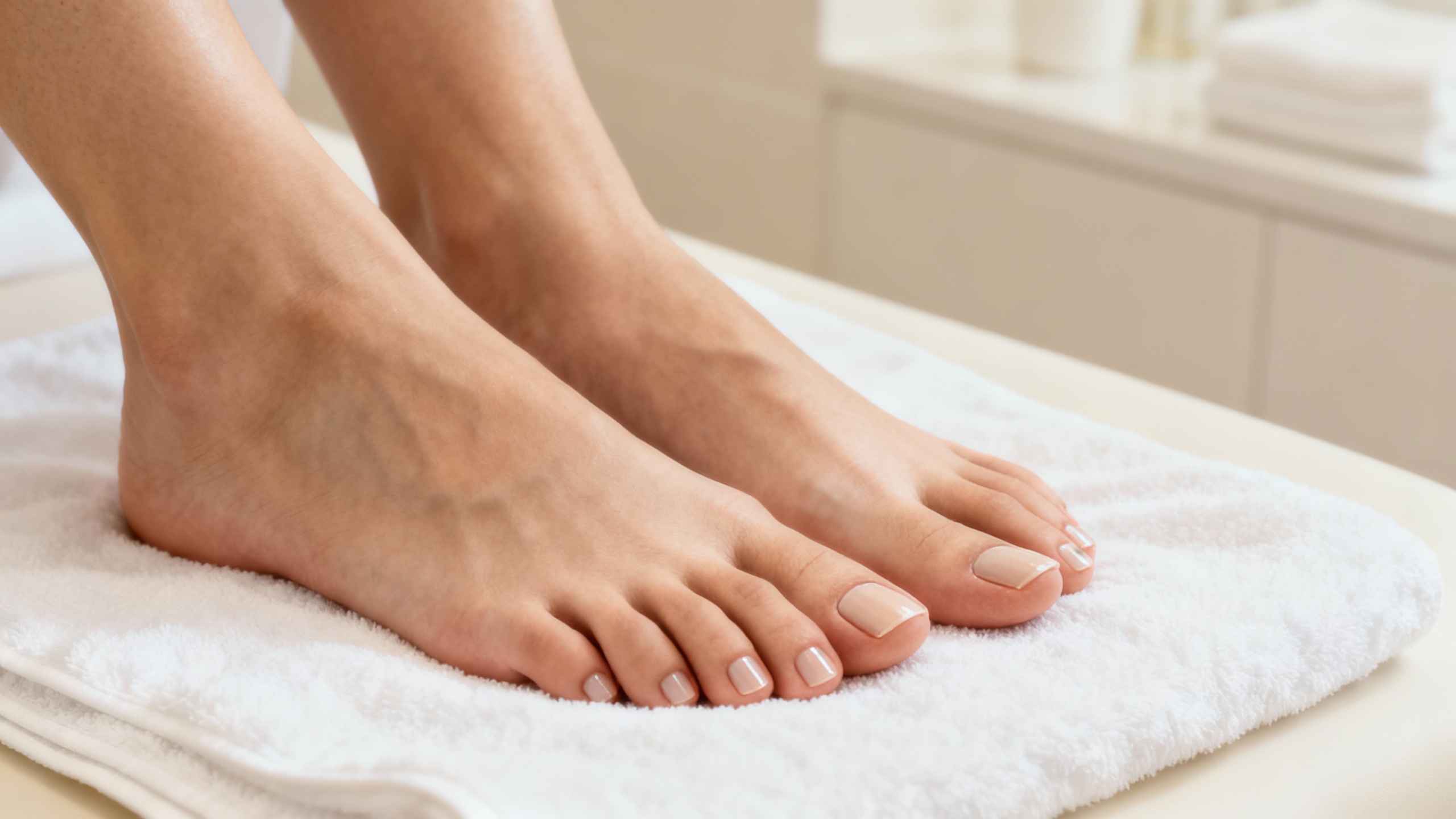9 June 2023
No Más Hongos en las Uñas: Estrategias Comprobadas para Proteger Tus Uñas y Aumentar la Confianza

¿Te has preguntado alguna vez por qué algunas personas tienen uñas amarillas, quebradizas o gruesas? Es posible que se deba a una infección por hongos en las uñas, también conocida como onicomicosis. Aunque no es una enfermedad grave, puede…
Continue reading






